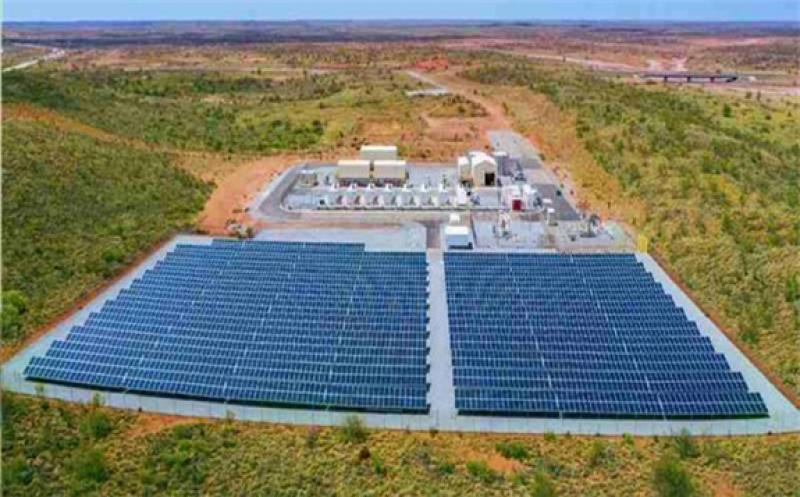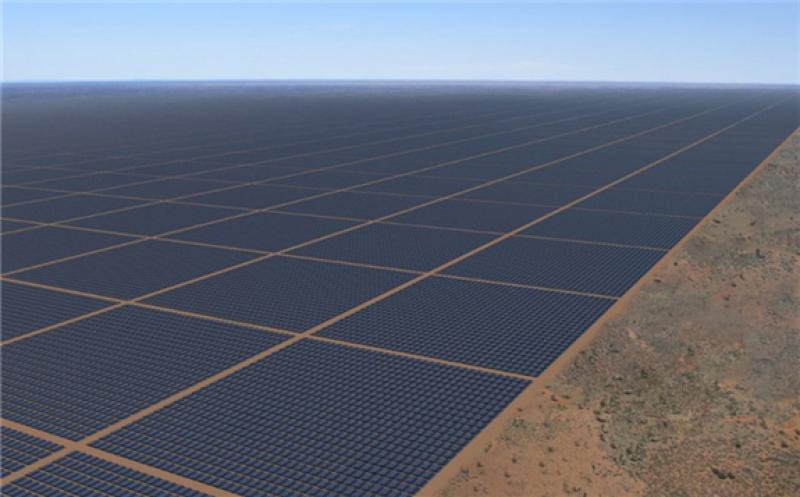Electric vehicle (EV) sales are expected to reach 45 million units per year by 2040, with a total global EV stock of 323 million.
This is according to new research from Wood Mackenzie, however, both projections have been revised down 2% when compared to pre-coronavirus forecast, with the pandemic delaying total vehicle sales by two years.
The research firm highlights that responses to the pandemic from China and Europe have strongly supported a green recovery, whereas the US response has not been as favourable to transport electrification.
Ram Chandrasekaran, Wood Mackenzie principal analyst, said: “Despite EV stock growing to 35 times its current size, the transport emissions curve will flatten and not fall. The global CO2 emissions contribution of transport will increase by 1.3 megatons between now and 2040.
“Major automakers have set their sights on being climate neutral by 2050 and view battery electric vehicles (BEVs) as the strongest lever to achieving that target.”
Research underlines that commercial EV adoption has fewer barriers than passenger EV adoption and will be driven by cost rather than emissions regulations.
Regulatory targets to increase passenger car EV adoption
One of the major drivers of increasing passenger car EV adoption is the strict regulatory targets mandated globally.
In their effort to meet the targets, automakers must manufacture an increasing number of EVs that are favoured by existing mechanisms for measuring emissions. The regulations for commercial vehicles, however, are more lenient.
Wood Mackenzie expects commercial EV adoption to see a step change when the total cost of ownership becomes favourable to EVs in the segment. Commercial EV sales are projected to top 5.5 million a year by 2040, with global stock hitting 40 million by the same year.
“Electric buses in China have represented the entirety of commercial EVs for the past few years. Buses will lead the electrification of the global commercial segment until 2026. Post-2026, light-duty trucks will take over the charge.
“Unlike retail customers, fleet owners are well versed in the capital and operational expenses of their vehicles. They also have well-defined operating routes, as well as overnight parking locations.
“Electrification of the US pick-up truck market is hotly contested with several new players including Rivian, Bollinger, Lordstown Motors and Nikola receiving significant funding and each having at least one product on sale in the next two years,” added Chandrasekaran.
A lack of EV charging infrastructure and the high price of electric cars have been widely cited as barriers to widespread EV adoption. However, Wood Mackenzie sees progress on both fronts.
“The projected price of battery packs keeps dropping. We expect the $100/KWh threshold to be breached by 2024, one year earlier than our previous projections.
“Cumulative residential and public charging points are projected to grow to 32.5 million and 5.4 million outlets by 2030 and will have an investment value of $2.7 billion and $3.3 billion, respectively,” said Chandrasekaran.




